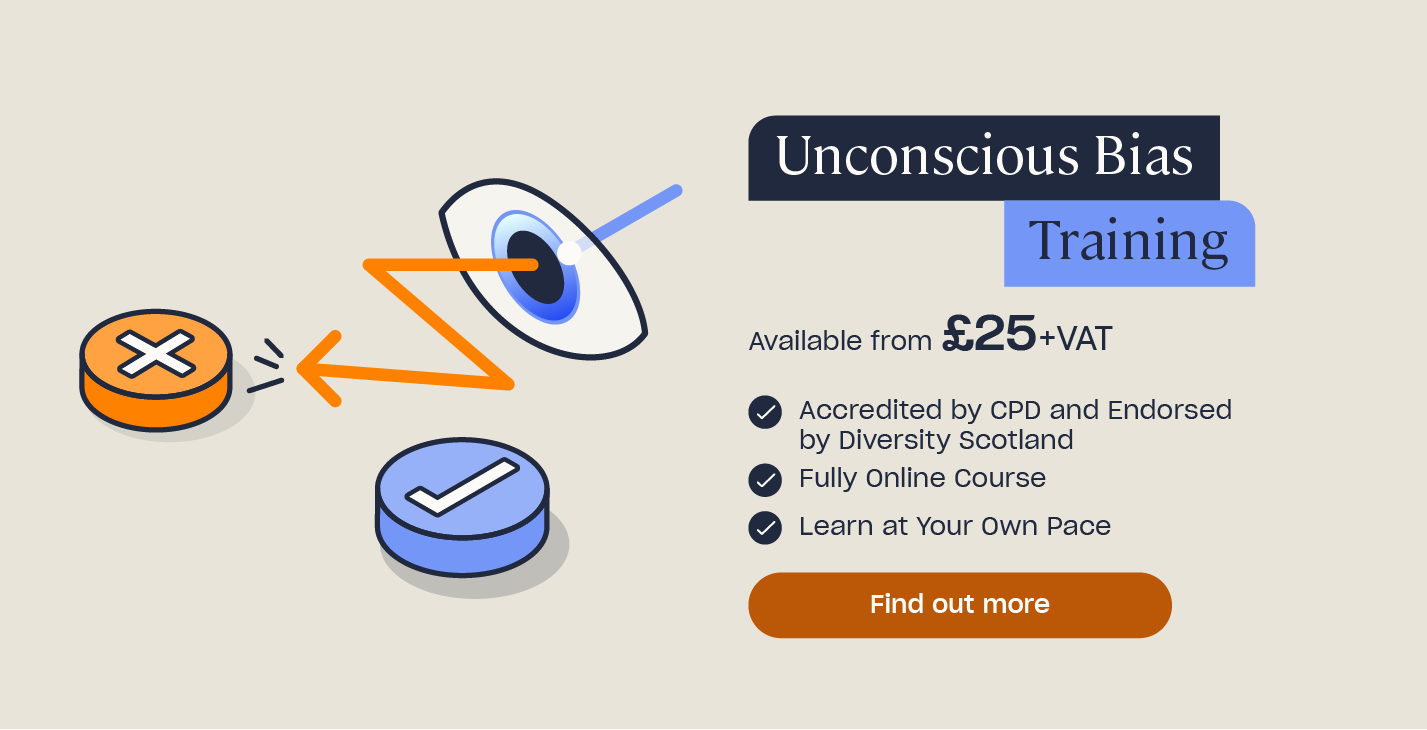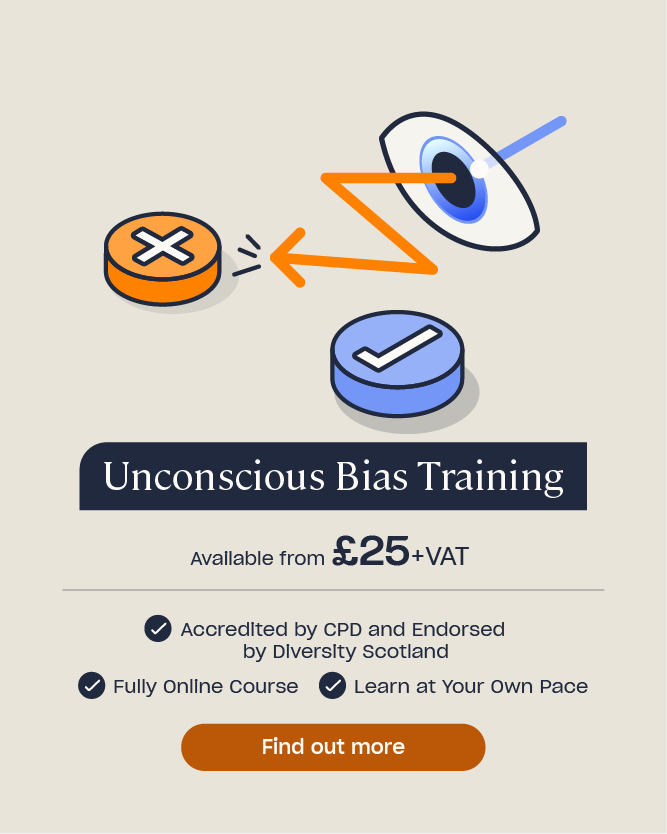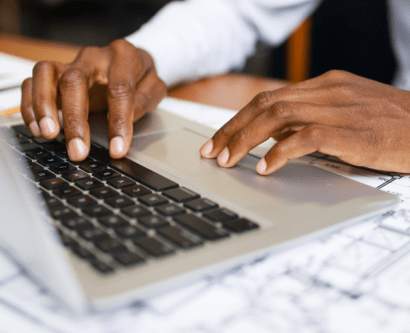Unconscious Bias Quiz
Test Your Knowledge of Unconscious Bias
We are constantly influenced by the things around us. From our childhood experiences to our social interactions, television shows to billboards, there are many ways in which we form unconscious opinions. Unconscious bias influences what we think, the judgements we make and how we act. We all have unconscious biases and as the term suggests, we often don’t know that we have these views. However, these views, which are often rooted in assumption and not fact, can have a detrimental effect on our lives, especially in the workplace. Understanding what unconscious bias is and recognising when it is negatively influencing your decision making is the first step in overcoming it. How confident are you that you know how to recognise your biases? Do you know how to prevent them from negatively impacting your choices? Take our quiz and test your knowledge on unconscious bias.
What is a stereotype?

A stereotype is a widely held, but oversimplified and generalised view of a person or group of people based on their shared characteristics such as sex, gender identity, sexuality or race etc.
After conducting a series of interviews an interviewer has narrowed down their choice to a candidate in their 50s who is more than qualified for the role. Upon discussing the candidate with their team, concerns were raised about the candidate's age and subsequent ability to ‘fit in’ as the rest of the team is in their 20s or 30s. The interviewer then decides to go for a different candidate who, though underqualified, is in their 20s.

Instead of using their own judgement and hiring the candidate based on their skills and experience as they intended, the interviewer changed their decision in order to conform with the views of the rest of their team, despite the younger candidate being underqualified.
How can investing in training help to overcome unconscious bias?

Investing in training teaches your staff how to recognise and address their own unconscious biases and stop it having a negative effect on their decision making.
How are unconscious biases formed?

Unconscious biases are formed by the observations we make and lessons we are taught throughout childhood and adolescence. These lessons and observations can come from school, friends and family or the media. They may not be rooted in lived experience or fact and so they can unknowingly sustain negative views or assumptions about someone based on particular characteristics.
What is unconscious bias?

Unconscious bias refers to the views or opinions unknowingly held about a person or group of people and its impact on decisions and judgments made regarding them.
How can having a variety of people involved in the recruitment process help to combat unconscious bias?

Having multiple people involved in the recruitment process enables you to bring different ages, levels of experience and backgrounds together, thereby preventing one individual's unconscious bias being held against a potential employee.
What is prejudice?

Prejudice refers to the negative opinions someone has towards a person, or group of people, based on preconceived notions about their sex, gender identity, sexuality or race etc. Stereotypes can exacerbate prejudice as they seemingly confirm assumptions about a group of people.
Unconscious bias can result in which of the following in the workplace?

Unconscious bias can cause interviewers to unknowingly seek out new employees who look and think like them. This favouring of similar individuals unintentionally excludes candidates from underrepresented groups despite them being qualified for the position.
What is conformity bias?

Conformity bias refers to when someone changes their views or beliefs to match those around them in order to fit in. Instead of using their own judgement, individuals will take cues from others, such as those they wish to impress, and adapt their behaviour accordingly.
Which of the following is one of the eight main types of unconscious bias found in the workplace?

Horns effect is one of the eight main types of unconscious bias found in the workplace. Horns effect is a type of bias that impacts one’s perception of someone else based on a seemingly negative trait. For example, an interviewer might form a negative opinion of a candidate with tattoos, thinking that it is reflective of them being unreliable or less trustworthy than a candidate without tattoos.
Share your Results:
Further Resources:
- What is Unconscious Bias in Recruitment?
- Am I Being Bullied at Work? 12 Signs of Bullying in the Workplace
- Unconscious Bias Online Training











